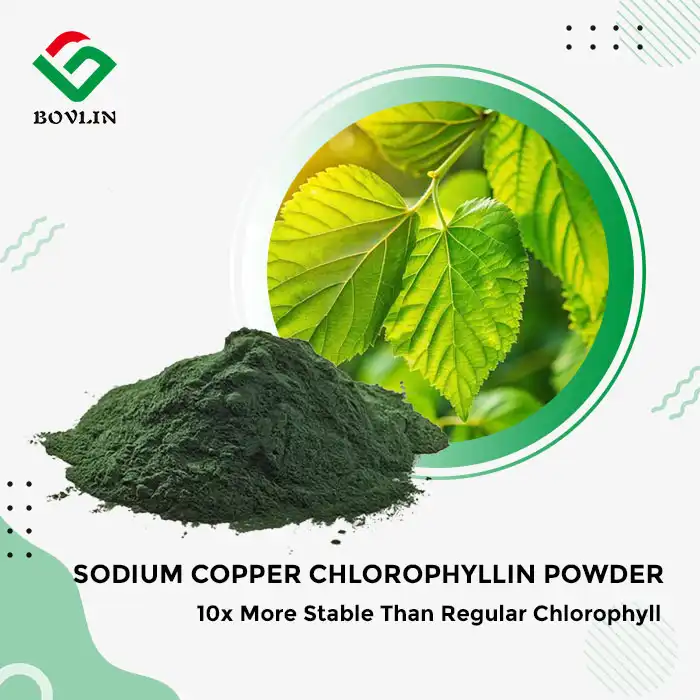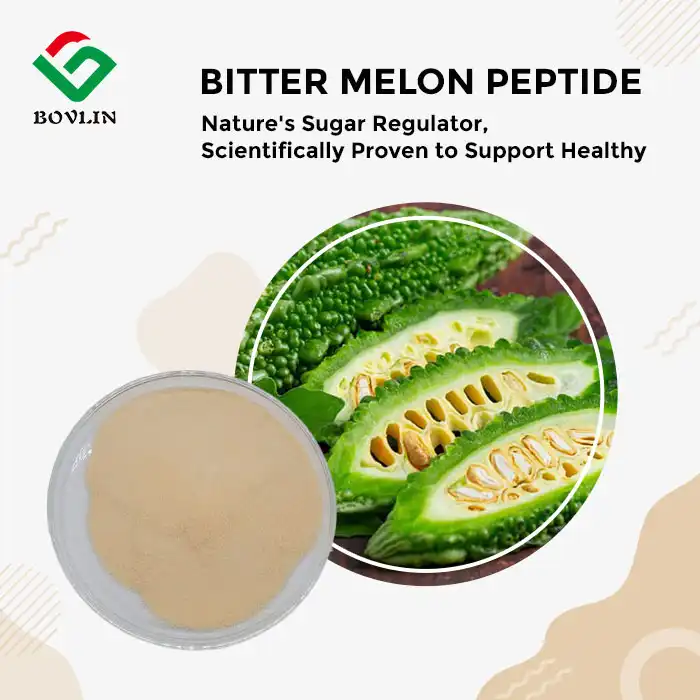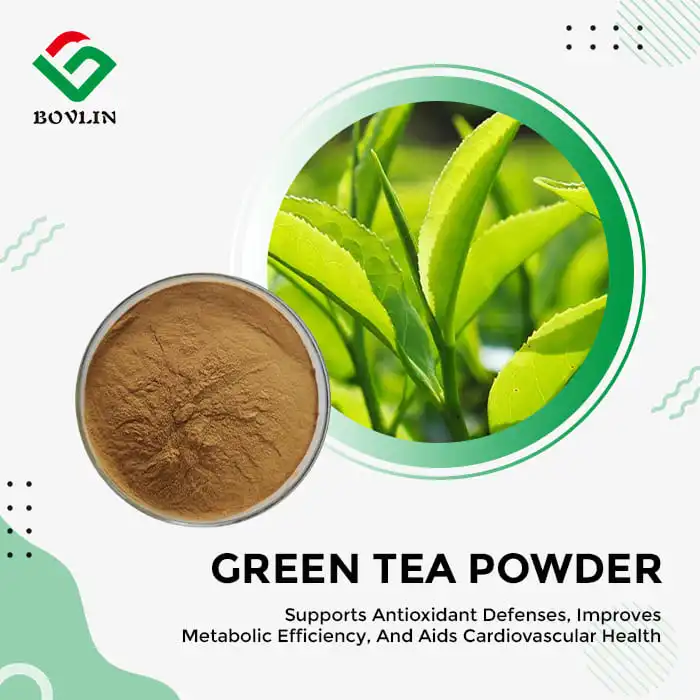How Is Hydrolyzed Wheat Protein Produced?
Extraction of Wheat Proteins
The production of hydrolyzed wheat protein begins with the careful extraction of proteins from wheat. This process involves separating the protein-rich components from other wheat constituents such as starches and fibers. Advanced techniques like wet milling or dry fractionation are employed to isolate the wheat proteins effectively. The extracted proteins serve as the raw material for subsequent hydrolysis, ensuring a high-quality starting point for the final product.
Hydrolysis Process
Once the wheat proteins are isolated, they undergo hydrolysis, a crucial step in creating hydrolyzed wheat protein powder. This process involves breaking down the long protein chains into smaller peptides and amino acids. Hydrolysis is typically achieved through enzymatic or chemical methods. Enzymatic hydrolysis utilizes specific enzymes to cleave peptide bonds, while chemical hydrolysis employs acids or bases under controlled conditions. The choice of hydrolysis method depends on the desired characteristics of the final product and its intended applications.
Purification and Refinement
After hydrolysis, the resulting mixture undergoes purification and refinement stages to remove any unwanted components and standardize the product. This may involve filtration, centrifugation, or chromatography techniques to separate the desired peptides from other substances. The purified hydrolyzed wheat protein is then concentrated and dried, often through spray-drying or freeze-drying methods, to produce a stable powder form. This final step ensures the product maintains its properties during storage and is suitable for incorporation into various formulations.
Molecular Structure and Characteristics of Hydrolyzed Wheat Protein
Peptide Composition
Hydrolyzed wheat protein consists of a complex mixture of peptides, which are short chains of amino acids. The hydrolysis process breaks down the original wheat proteins into smaller units, resulting in a diverse range of peptide sizes. This composition gives hydrolyzed wheat protein unique properties compared to intact proteins. The peptide profile can be tailored during production to achieve specific molecular weight distributions, influencing the protein's functionality in different applications.
Amino Acid Profile
The amino acid profile of hydrolyzed wheat protein reflects its wheat origin, with a balanced composition of essential and non-essential amino acids. This profile contributes to its nutritional value and functional properties. Hydrolyzed wheat protein is particularly rich in glutamic acid, proline, and leucine, which play important roles in various industrial applications. The specific amino acid composition can be modified through controlled hydrolysis to enhance certain characteristics, such as solubility or emulsification properties.
Functional Properties
Hydrolyzed wheat protein exhibits a range of functional properties that make it valuable in industrial settings. Its reduced molecular size enhances solubility and dispersibility, allowing for easy incorporation into various formulations. The protein demonstrates excellent film-forming abilities, contributing to improved texture and stability in products. Additionally, hydrolyzed wheat protein possesses moisture-retention capabilities, making it useful in applications where hydration control is crucial. These properties, combined with its ability to interact with other ingredients, make hydrolyzed wheat protein a versatile component in numerous industrial products.
Differences Between Hydrolyzed Wheat Protein and Other Plant Proteins
Molecular Size and Absorption
One key distinction between hydrolyzed wheat protein and other plant proteins lies in its molecular size. The hydrolysis process significantly reduces the protein's molecular weight, resulting in smaller peptides compared to intact plant proteins. This smaller size enhances the protein's ability to penetrate and interact with various substrates, making it particularly effective in applications where deep penetration or rapid absorption is desired. In contrast, non-hydrolyzed plant proteins often have larger molecular structures, which can limit their functionality in certain industrial contexts.
Solubility and Dispersibility
Hydrolyzed wheat protein, also known as wheat peptide, demonstrates superior solubility and dispersibility compared to many other plant proteins. The breakdown of complex protein structures during hydrolysis exposes more hydrophilic groups, allowing the protein to interact more readily with water. This characteristic is particularly advantageous in liquid formulations or when uniform distribution within a product is crucial. Other plant proteins, especially those with intact structures, may exhibit lower solubility or require additional processing to achieve similar dispersibility levels.
Functionality in Industrial Applications
The unique properties of hydrolyzed wheat protein set it apart from other plant proteins in various industrial applications. Its film-forming abilities, emulsification properties, and moisture retention capabilities often surpass those of non-hydrolyzed plant proteins. Hydrolyzed wheat protein excels in stabilizing emulsions, improving texture, and enhancing the overall performance of products in industries such as cosmetics, food processing, and textile manufacturing. While other plant proteins may offer specific benefits, the versatility and enhanced functionality of hydrolyzed wheat protein make it a preferred choice for many industrial formulations.

Conclusion
Hydrolyzed wheat protein stands out as a remarkable ingredient in the realm of plant-based proteins. Its unique production process, molecular structure, and functional properties set it apart from other protein sources. The versatility of hydrolyzed wheat protein makes it an invaluable component in various industrial applications, offering enhanced performance and improved product characteristics. As industries continue to seek sustainable and effective ingredients, hydrolyzed wheat protein remains at the forefront of innovation, providing solutions that meet the evolving demands of manufacturers and consumers alike.
Contact Us
For more information about our hydrolyzed wheat protein powder and how it can benefit your industrial applications, please contact us at sales1@bovlin.com. Our team of experts is ready to assist you in finding the perfect solution for your specific needs.












